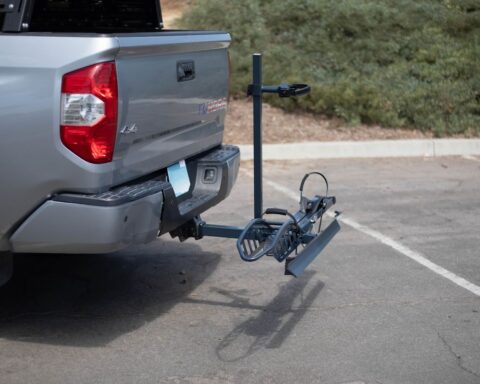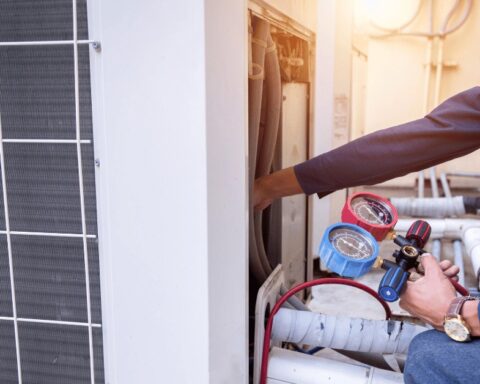A rented home should be a place of comfort and safety—but that sense of security can vanish in an instant when an accident occurs. From broken stairs to faulty wiring or mold exposure, tenants can suffer serious injuries due to unsafe property conditions. When that happens, it raises a critical question: who is responsible for keeping the property safe—the landlord, the tenant, or both?
Understanding the balance between landlord duties and tenant rights is key to determining liability. The attorneys at Garvin Injury Law help injured tenants hold negligent property owners accountable when preventable hazards lead to harm. Whether it’s a slip-and-fall, fire, or structural failure, knowing your legal rights can make all the difference in achieving justice and compensation.
The Legal Duty of Landlords to Maintain Safe Property
Landlords aren’t just property owners—they’re legally obligated caretakers of the spaces they rent. Under Florida law, landlords must keep rental units in a condition that’s safe, sanitary, and habitable. This includes ensuring the property meets building codes, maintaining electrical and plumbing systems, and repairing dangerous conditions promptly.
Neglecting these responsibilities can lead to devastating consequences. If a landlord ignores leaking roofs, loose railings, or pest infestations, they could be held liable for resulting injuries. Courts often look at whether the landlord knew—or should have known—about the hazard and failed to fix it within a reasonable time. Simply put, if the danger was preventable, so was the injury.
When Tenants Share Responsibility
While landlords carry a significant share of legal responsibility, tenants aren’t entirely off the hook. Tenants must use the property responsibly and avoid creating unsafe conditions themselves. If a tenant’s negligence contributes to an accident—such as blocking exits, tampering with smoke alarms, or misusing appliances—they could share liability.
The key lies in understanding the division of responsibility. Landlords are accountable for structural and maintenance issues, while tenants must maintain cleanliness and safety within their control. For example, if a tenant spills water and fails to clean it up, resulting in a fall, the fault likely lies with the tenant. But if the fall was caused by a broken tile the landlord neglected to fix, the responsibility shifts back to the owner.
Common Examples of Landlord Negligence
Negligence can take many forms, some obvious and others hidden behind walls or under floors. Recognizing these common examples can help tenants identify when their landlord may have breached their duty of care.
Frequent cases of landlord negligence include:
- Unsafe stairways or handrails that collapse or fail.
- Faulty electrical wiring that causes fires or electrocution.
- Water leaks or mold growth leading to respiratory illnesses.
- Inadequate lighting in hallways or parking areas.
- Broken locks or security systems that enable assaults or thefts.
- Pest infestations ignored despite repeated complaints.
- Cracked walkways or uneven flooring causing trip-and-fall injuries.
When these hazards are reported but left unaddressed, landlords can be held financially responsible for any resulting harm.
Proving Landlord Liability in a Personal Injury Claim
To win a claim against a negligent landlord, tenants must prove more than just that an accident occurred. They must establish a clear link between the unsafe condition and the landlord’s failure to act. This typically requires showing four key elements:
- The landlord owed a duty of care to maintain a safe property.
- They breached that duty by ignoring or delaying necessary repairs.
- The unsafe condition directly caused the tenant’s injury.
- The tenant suffered actual damages, such as medical expenses or lost wages.
Gathering evidence is crucial—photos, maintenance requests, inspection reports, and witness statements can all strengthen a case. The sooner an attorney gets involved, the easier it becomes to preserve these critical details before they’re lost or altered.
The Role of Renters’ Insurance and Legal Representation
Many tenants assume renters’ insurance will automatically cover accidents, but these policies often have limitations. Renters’ insurance typically pays for property damage or temporary relocation, not injuries caused by landlord negligence. To recover full compensation for medical bills, pain and suffering, and lost income, tenants usually need to pursue a personal injury claim against the landlord or property management company.
This is where legal representation becomes invaluable. A skilled attorney investigates the incident, identifies all liable parties, and negotiates with insurance companies on the tenant’s behalf. Without legal guidance, landlords may try to shift blame or offer inadequate settlements. A strong legal advocate ensures the injured tenant’s rights are fully protected throughout the process.
What Tenants Should Do After a Rental Accident
If you’re injured at your rental property, taking quick action is critical to protecting your health and legal claim. Evidence disappears fast, and waiting too long can make proving negligence much harder.
Here’s what to do immediately after an accident:
- Get medical attention and keep all records of your injuries.
- Notify your landlord in writing about the incident and request a repair if applicable.
- Document the hazard with photos and videos before it’s fixed or removed.
- Collect witness information from anyone who saw the accident.
- Save all communication between you and your landlord, including texts or emails.
- Contact an attorney to discuss your rights and next steps.
Following these steps ensures your injuries are properly documented and that you have the evidence needed to hold negligent property owners accountable.
Turning Accountability Into Change
Holding a negligent landlord accountable is about more than money—it’s about justice, safety, and change. When tenants pursue legal action, they not only recover damages for their own injuries but also help prevent others from suffering the same fate. Legal victories can force landlords to fix dangerous properties, improve safety protocols, and take tenant complaints more seriously.
Every claim filed sends a clear message: tenant safety is not optional. By standing up for your rights, you can help create safer housing for everyone while finding closure for what you’ve endured. Accountability transforms neglect into awareness—and ensures that no one else has to pay the price for someone else’s carelessness.








